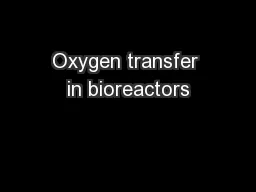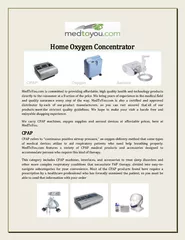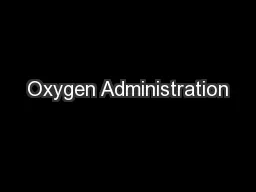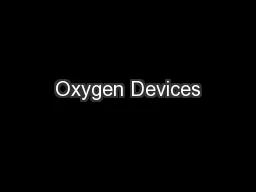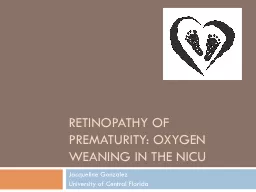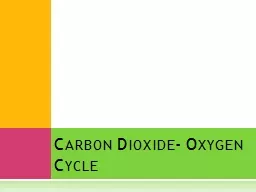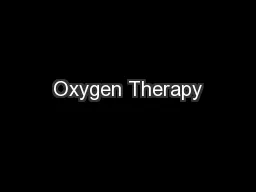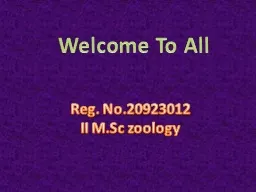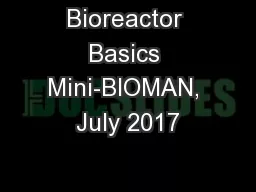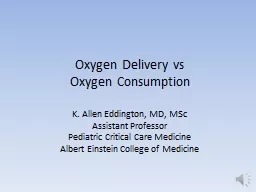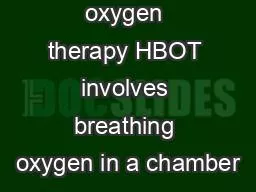PPT-Oxygen transfer in bioreactors
Author : cheryl-pisano | Published Date : 2015-11-25
The majority of fermentation processes are aerobic Therefore oxygen is an important requirement in aerobic processes like Therefore 192 grams of oxygen are required
Presentation Embed Code
Download Presentation
Download Presentation The PPT/PDF document "Oxygen transfer in bioreactors" is the property of its rightful owner. Permission is granted to download and print the materials on this website for personal, non-commercial use only, and to display it on your personal computer provided you do not modify the materials and that you retain all copyright notices contained in the materials. By downloading content from our website, you accept the terms of this agreement.
Oxygen transfer in bioreactors: Transcript
Download Rules Of Document
"Oxygen transfer in bioreactors"The content belongs to its owner. You may download and print it for personal use, without modification, and keep all copyright notices. By downloading, you agree to these terms.
Related Documents

